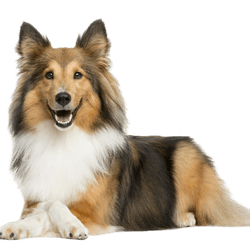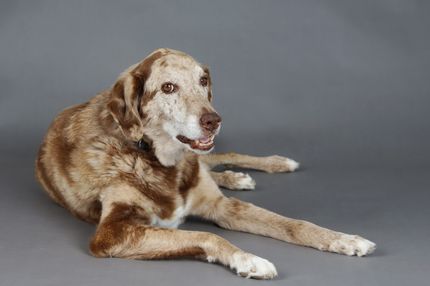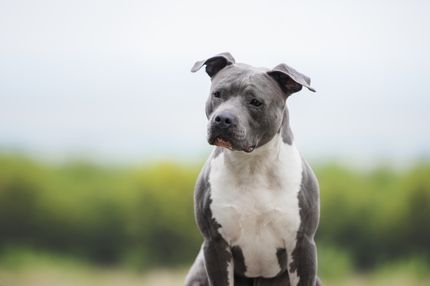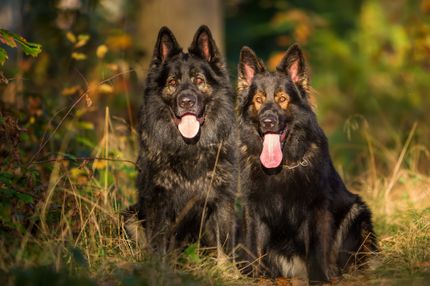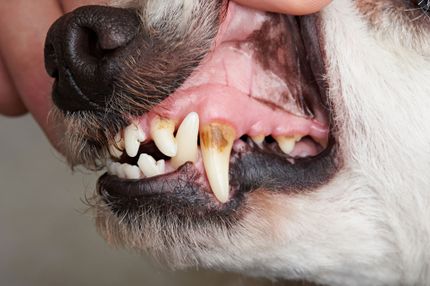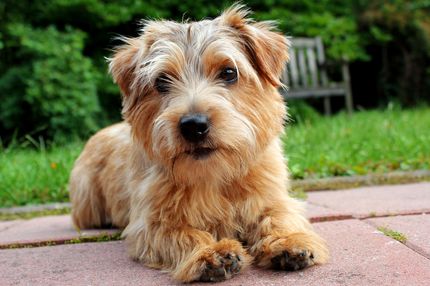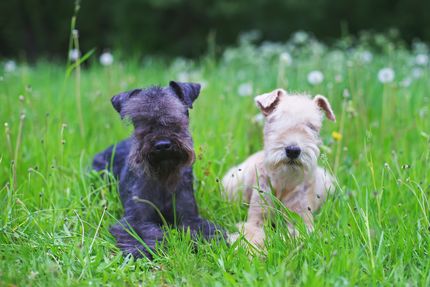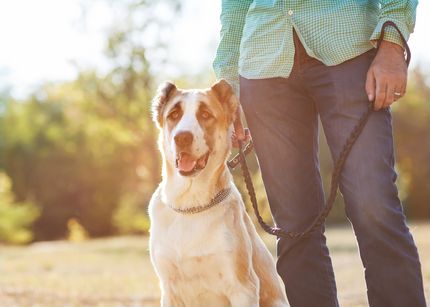Facts & Origin
Sheltie Inu - Shetland Sheepdog and Shiba Inu Mix
The Sheltie Inu is a fascinating mix of the Shetland Sheepdog and the Shiba Inu. Both breeds have an interesting origin and history. The Shetland Sheepdog originated in the Shetland Islands of Scotland and was originally bred as a herding dog for sheep. The Shiba Inu, on the other hand, is a Japanese breed with a long history as a hunting and companion dog. The combination of these two breeds results in the unique Sheltie Inu.
Suitability and use
The Sheltie Inu is well suited to a variety of living conditions. Due to his size, he can be kept in both apartments and houses. However, he needs regular exercise and mental stimulation to stay happy and healthy. The Sheltie Inu is often good with children and other pets if socialized early. He can be a good companion and family dog who enjoys spending time with his people.
| Alternate Name | - |
| Origin | Scotland - Japan |
| Life expectancy | 12 - 15 years |
| Care requirements | high-maintenance - low-maintenance |
| Activity level | high - average |
| FCI group | not recognised |
| AKC group | not recognised |
| KC group | not recognised |
More Shetland Sheepdog mixes
More Shiba Inu mixes
Attitude, character and temperament of the breed
Possible character traits of the Sheltie Inu
The Sheltie Inu usually has a mixture of the character traits of both parent breeds. He is often intelligent, alert and loyal. The Shetland Sheepdog influence gives him high trainability and a strong herding tendency. The Shiba Inu influence often brings a certain independence and pride. The Sheltie Inu is often alert, active and curious, making him an attentive companion.
The Sheltie Inu is a wonderful mix of the Shetland Sheepdog and the Shiba Inu. He combines the best qualities of both breeds and is a loyal companion for active families. With his intelligence and alertness, he is a reliable dog that can bring a lot of joy to his owners. Make sure your Sheltie Inu gets enough exercise, mental stimulation and regular veterinary checkups to ensure he lives a happy and healthy life.
Character
Health and care
The Sheltie Inu can be affected by the potential health problems of both parent breeds. These include hip dysplasia, eye problems, and allergies. Regular veterinary examinations are important to detect potential health problems early. In terms of grooming, the Sheltie Inu requires regular brushing to keep the coat clean and free of tangles. The claws should be trimmed regularly and the teeth cleaned.
What does this mixed breed look like?
Sheltie Inu combines features of both parent breeds and therefore has a characteristic appearance. He is usually a medium-sized dog with a shoulder height between 33 and 41 centimeters and a weight of 7 to 15 kilograms. Its coat is often dense, of medium length and can be of various colors, including sable, black, brown and white. The eyes are often almond-shaped and dark.
| Fur length | long - medium |
| Fur | flat coated - |
| Ear shape | Tilt-ear - Standing Ears |
| Tail | fanned out - rolled up |
| Anatomy | sporty, rugged, hefty |
| Size ♀ | 33 - 41 cm |
| Weight ♀ | 6 - 12 kg |
| Size ♂ | 33 - 43 cm |
| Weight ♂ | 6 - 12 kg |
| Suitable For | - |
Known Diseases
MDR1 defect
The MDR1 defect is a defect in the MDR1 gene that can occur in some breeds of dogs and in humans. This results in the deficient or absent synthesis of a certain protein which is an important component of the blood-brain barrier, leading to hypersensitivity to some drugs.
Eye diseases
Often occur with allergies and intolerances.
FAQ
-
It is an intelligent, energetic and affectionate hybrid breed that is equally suited to families and individuals. They are temperamental, but also easy to train, and have a strong protective instinct.
-
This mix will reach an average shoulder height of 38 to 44 cm.
-
This hybrid breed has a soft, denser coat and you can observe different shades of color.
-
He needs a balanced diet that includes a mixture of high quality, raw and/or dried food. It should be limited to feeding 1 to 2 servings per day.
-
A Sheltie Inu needs at least 30 minutes of exercise corners daily, including walks, runs and play.
